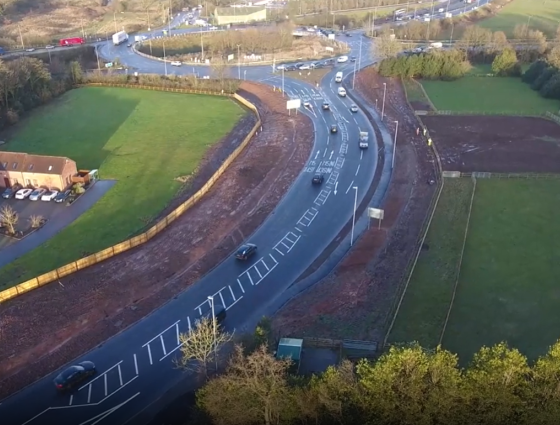
Why do we need to remove trees to deliver BREP?
Rationale for removal of trees required to deliver A38 BREP.
The Council submitted the Full Business Case (FBC) for BREP in March 2023, which was later endorsed for funding by the Department for Transport (DfT) in July 2023.
Consultation on the proposal to remove poplar tree on A448 Stratford Road, Bromsgrove 10 May 2023
Notice is hereby given that the Council is undertaking a consultation regarding the removal of the Lombardy Poplar tree on A448 Stratford Road. Information on the location of the tree can be found on Scheme E High Level Landscaping plans on the right hand side of this page.
It is proposed that the tree is removed for three reasons:
- because it will stop the construction works taking place
- the works (which includes a new kerbline) would damage the tree and potentially make it unsafe
- the tree is a hazard to motorists
Any comments you may have can be sent in writing to the County Council’s Major Projects Team at County Hall, Spetchley Road, Worcester, WR5 2NP or by email to: A38BREP@worcestershire.gov.uk
Any comments are to be received by 5:00pm on 7 June 2024 when the consultation closes.
Useful documents
These plans provide an indication of the vegetation to be removed (red circled areas) and those at risk of being damaged or removed (orange shaded areas). The reinstatement of new trees are shown by either a tree symbol on the plan or within dark green hatched areas.
For questions or queries related to Bromsgrove Route Enhancement Programme (BREP), please contact the A38BREP@Worcestershire.gov.uk
- Scheme B Landscaping Plan Sheet 1 of 3 (PDF)
- Scheme B Landscaping Plan Sheet 2 of 3 (PDF)
- Scheme B Landscaping Plan Sheet 3 of 3 (PDF)
- Scheme D Landscaping Plan (PDF)
- Scheme E Landscaping Plan Sheet 1 of 3 (PDF)
- Scheme E Landscaping Plan Sheet 2 of 3 (PDF)
- Scheme E Landscaping Plan Sheet 3 of 3 (PDF)
 Facebook
Facebook Twitter
Twitter Email
Email WhatsApp
WhatsApp Messenger
Messenger